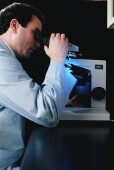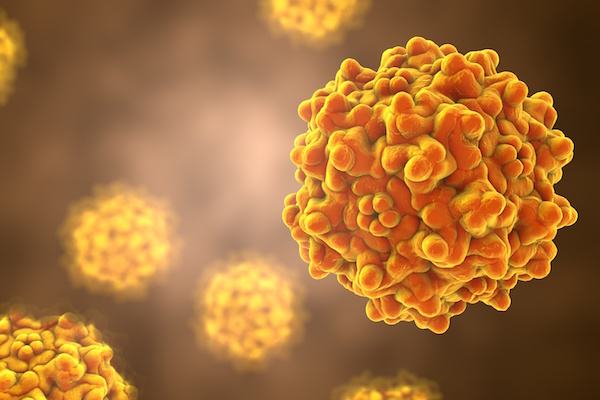
FRIDAY, Jan. 29 (HealthDay News) — Genital herpes frequently reactivates throughout the genital tract, a finding that may help improve treatment and prevention, U.S. researchers say.
Over 30 days, the investigators collected daily samples from seven separate genital sites in four women infected with herpes simplex virus type 2 (HSV-2). HSV-2 was detected on more than one area on 56 percent of days when there was viral shedding and on genital surfaces on both sides of the women’s bodies on most days when HSV-2 was detected at more than one site, according to the researchers at the University of Washington and the Fred Hutchinson Cancer Research Center in Seattle.
The study authors noted that both symptomatic and asymptomatic reactivations were often widely spaced throughout the genital tract, often on both sides of the body, although typically, clinical lesions tend to emanate from one area of the body.
The findings were released online in advance of publication in the Feb. 15 print issue of the Journal of Infectious Diseases.
The researchers said their findings may help lead to the development of a comprehensive treatment that suppresses and limits the transmission of HSV-2 infection.
Currently, genital herpes caused by reactivation of HSV-2 is generally treated as a lesion in one specific genital area.
More information
The U.S. Centers for Disease Control and Prevention has more about genital herpes.

